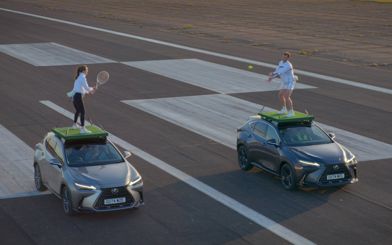With consumer websites in the US already hailing the Ioniq EV as the world’s best electric car and that vehicle’s hybrid sibling rated higher than the Toyota Prius, Hyundai now appears to be winning the race to develop a viable fuel-cell vehicle.
The Korean car-maker has just launched the hydrogen-fuelled Nexo, a quasi-SUV that could convince consumers that electric propulsion doesn’t have to involve long recharging intervals, plugs, or range anxiety.
Filling the special carbon-fibre fuel tank of the zero-emission Nexo takes just five minutes if the refueling station delivers the gas at 700 bar of pressure, and the energy storage allows the silent-running Hyundai to roam for 600km before needing a further refill. The gas then passes though the special membranes of the fuel cell stack, combining with oxygen to produce water vapour and enough electricity to drive the Nexo as convincingly as any electric vehicle. The combining of a 95kW fuel cell stack with a 40kW lithium-ion-polymer battery allows up to 120kW to reach the front tyres and drive the Nexo.
When launching the Nexo to the global press, Hyundai gave journalists the opportunity to drive the new Fuel Cell Vehicle (FCV) over a 300km drive route. It proved an utterly conventional vehicle to drive apart from its eerie silence and occasional emissions of steam when overtaking performance was required (air temperatures were near zero).
But the greatest progress made by Hyundai isn’t represented by the FCV-leading range of the Nexo; it’s the increased durability of the fuel-cell stack. Hyundai’s California-only Tucson FCV had a stack that could last five years before static would deteriorate the ability to generate power. The Nexo doubles that viable stack life to ten years, beating the eight-year life of the stack powering the equally new-age Toyota Mira FCV.
This increased stack durability has encouraged Hyundai to sell the Nexo in markets where hydrogen-refueling infrastructure is rapidly developing such as California and Germany.
“We will sell the Nexo to the public where the Tucson FCV was available only as a leased vehicle,” says Hyundai vice-president of FCV development, Sae Hoon Kim.
“The only restriction left to the public now is finding somewhere to refuel it.”




